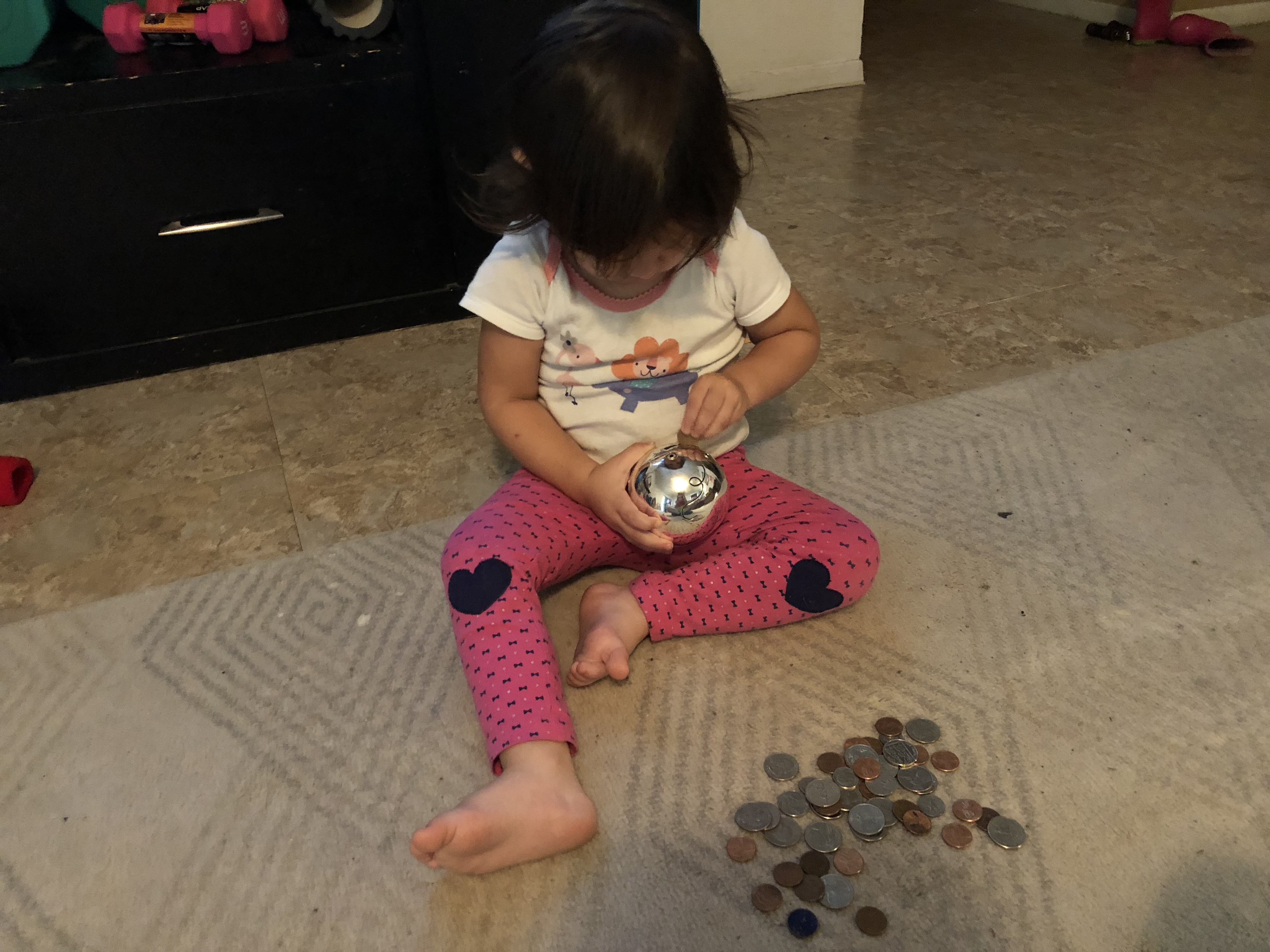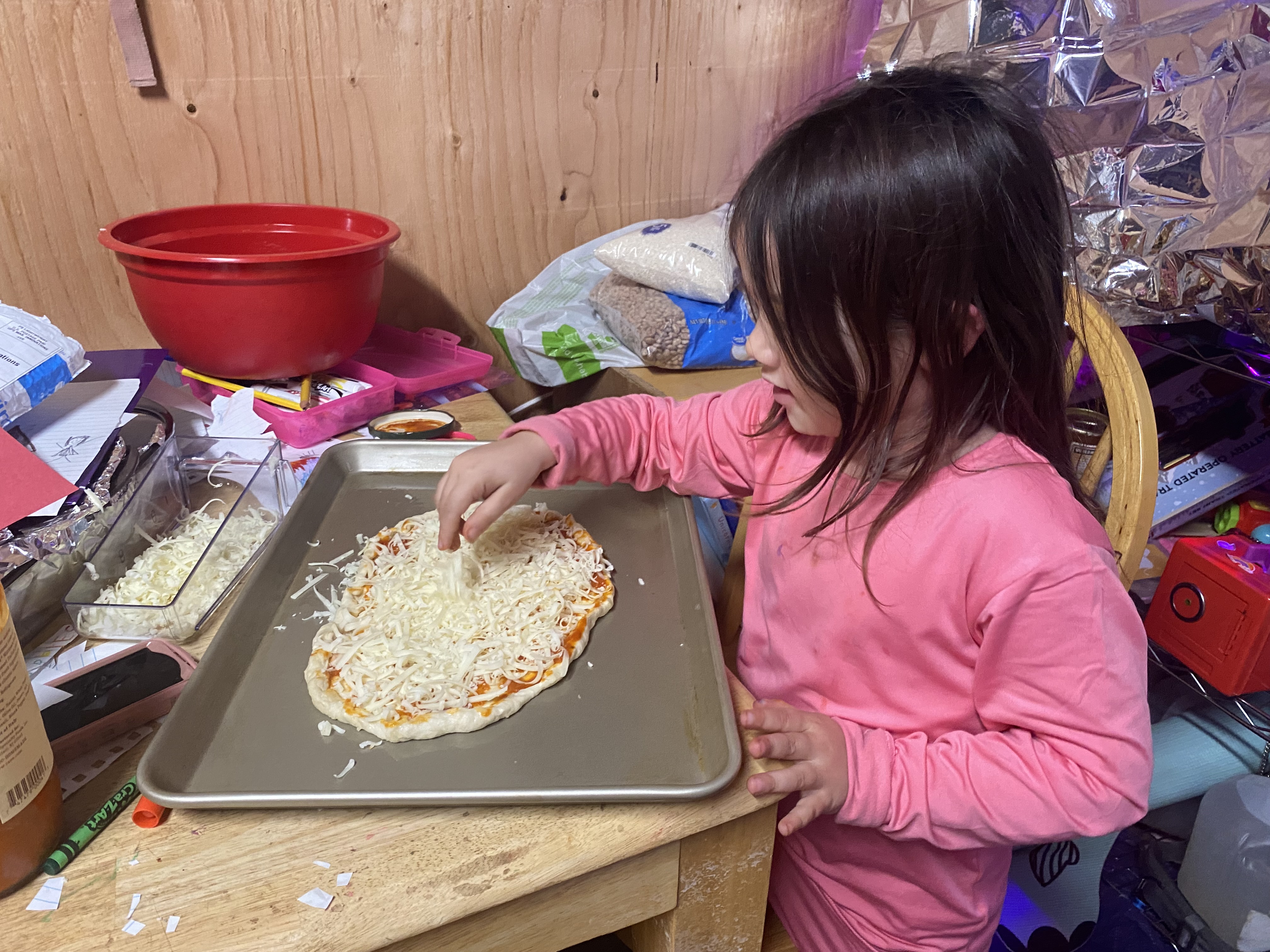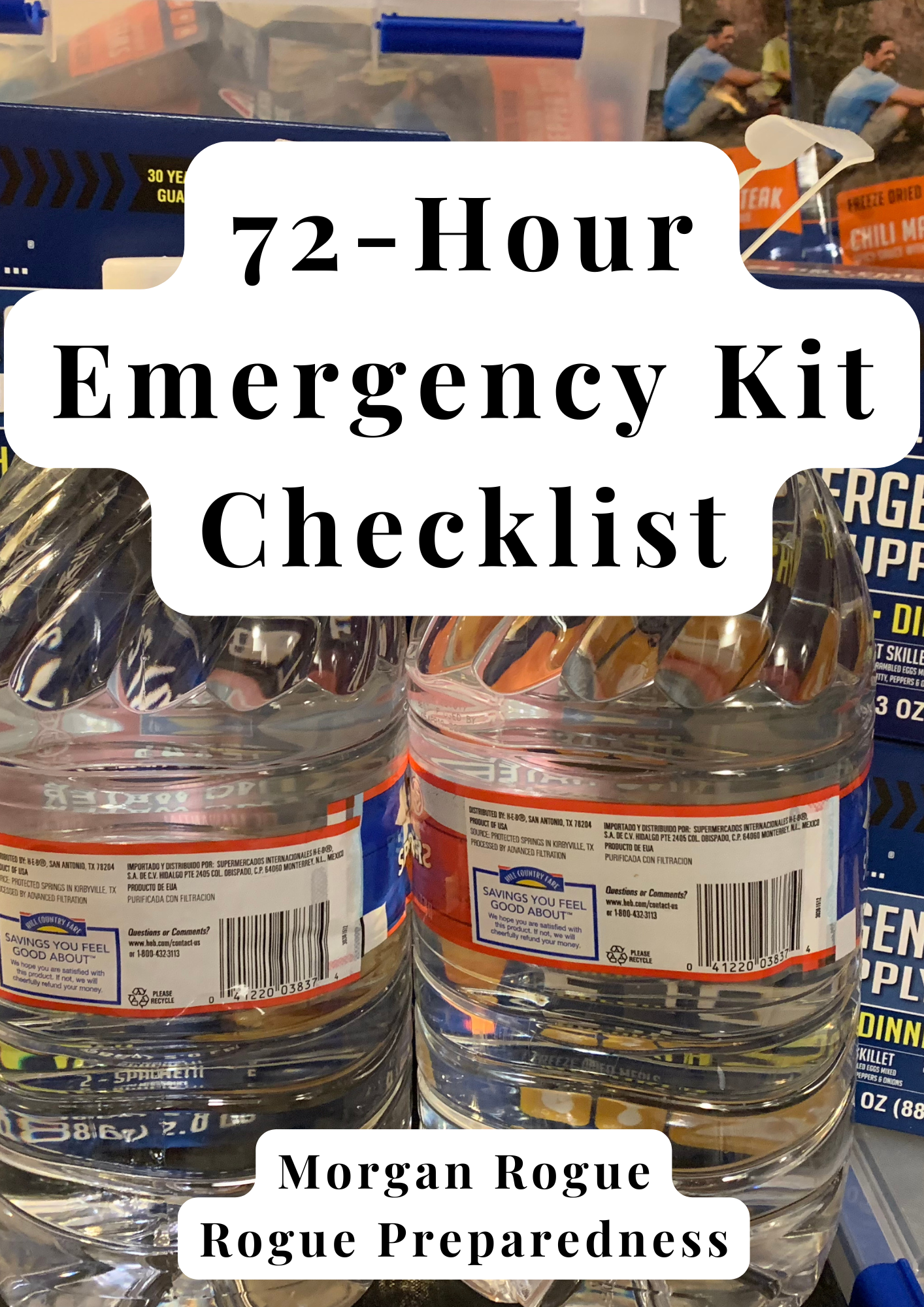Emergency Preparedness
19 Ways Kids Can Get Involved with Financial Preparedness
This is a guest post by: Melonie Kennedy is a military wife, homeschooling mom, author, and small business owner. Connect with her on LinkedIn, Instagram (@ThreeRavensWellness and @CorvidianSolutions), and on her website, Corvidian Solutions.
Most organizations focused on emergency preparedness will tell you that your plans should take into account, and cater to, your individual situation. For instance, do you need to prepare for the needs of pets, elderly family members, or people with mobility challenges?
Another key population that requires special consideration are children – so we are told to stock diapers for babies and account for the limited communication skills of toddlers. This is wonderful, but it can lead to some preppers looking at children as needing to be cared for, not individuals who bring skills or insights to the table.
However, after kids get to a certain age (preschool or so, depending on the child), this couldn’t be further from the truth.

Case in point: financial preparedness.
A family that eliminates debt and puts some money aside for the proverbial rainy day will be better prepared to face things as personal as a job loss or as large as an economic collapse. The very first steps to family financial preparedness are commitment and involvement.
Adults who commit to living without debt need to communicate the importance of this, as well as the methods of achieving it, to all of the children involved. Help your kids understand why you make the money decisions you do, and the benefits it has for the whole family. Books by Dave Ramsey, as well as Joline Godfrey’s Raising Financially Fit Kids, describe age-appropriate methods for achieving this.
In addition to raising our kids to avoid debt, cut costs, and build savings, my husband and I tried to make sure they understood the difference between “want” and “need”, and the benefits of delayed gratification. We also communicated the concepts of marketing and consumerism to them – there’s a lot of temptation for the latest and greatest new toys and gear for all ages!
Here’s how kids can get more involved with financial planning and preparedness:
- Raise a 4-H animal, sell it at market, and contribute a portion of their profit to the family’s savings or debt to be eliminated. (Decide this percentage in advance – you can even write up a contract, which gives them a head start in such matters in addition to the 4-H curriculum.)
- Work for pay when legally able and contribute toward their own room and board, or “wants” and gifts for friends, which offsets costs in the household budget.
- Learn to do their own barters and trades within the family and the greater community.
- Create income through building their own business, from lawn mowing to pet sitting and more.
- Learn how to repair their own clothing and belongings, extending the lifetime of their things and cutting costs from the household budget.
- Watch younger siblings or keep themselves occupied while a parent works at home for extra income to apply toward debts or preps.
- Add their own skills to those of the adults to help a family business thrive.
- Learn what kind of fuel family vehicles require and how to spot prices at gas stations, helping licensed drivers fill up at the best rates. (Like the license plate game, but for fuel numbers!)
- Research trades that make the most of their strengths and passions, and potentially contribute to family and community preparedness, and seek out training and apprenticeships in those fields to offset the costs of college or vocational school attendance.
- Seek information about scholarships, grants, and student work programs to help pay for college or trade school; use their research to apply early and often for such funds.
- Learn how to use coupons, rebates, sales, and reward programs to get the best deals for items they want and need, as well as helping adults stretch the family budget as far as possible. (My kids are like heat-seeking missiles when it comes to the clearance and dented box aisles!)
- Assist with kitchen/food supply inventories and menu planning to help cut or eliminate food waste.
- Work alongside adults in the efforts to grow, process, and preserve food – both to cut the costs of food purchases and to help fill the larder for emergencies.
- Be involved in meetings with financial advisors, from bankers to insurance agents, to ensure that no stone is left unturned when it comes to saving, investing well, and ensuring adequate insurance coverage. (This especially applies to that numbers whiz that loves watching you file your taxes – they may be able to take over the task!)
- Channel any natural “fix it” skills into maintaining vehicles or household appliances, or even doing basic repairs around a home or family business, with appropriate safety precautions in place.
- Create debt trackers for any bills the family is tackling, and marking off each payment the family makes on the path to debt freedom and financial independence.
- Devise savings trackers and add up each deposit on the way to a set dollar amount (and if it’s for a product, they can help you research the best deal!)
- Help find coins when cleaning the couch or decluttering the family vehicle; placing them in a coin jar; and helping roll them into coin wrappers when there are enough for a bank deposit or trip to the change redemption machine.

Investing their own time to take classes that can lead to discounts for family bills, such as a teen defensive driving class that could earn a car insurance discount.
Consider how comfortable you are sharing information about your budget with your children; a child who tends to blurt out personal information to neighbors is not the one you would tell all about your checking account or any other preps. The child who has severe anxiety may not be the right one to talk to about life insurance coverage – but they will likely benefit from knowing the household is financially stable.
Obviously, each of these tasks will vary depending on a child’s abilities and passions; we wouldn’t expect our toddlers to negotiate the best car insurance rate for us – but they can spot shiny pennies on walks. With the rise of monetized social media, the whole family can get involved in money-making ventures and so-called “side hustles”. How many cute videos of families dancing have gone viral now? Cha-ching – dance all the way to the piggy bank!
If your kids are old enough to have an interest in something like a lemonade stand, it might be time to sit down and discuss the many ways they can contribute to the family’s preparedness and independence. How you do this will be unique to your family. In the end, though, the teamwork won’t just help your family now; it can have long-reaching effects well into their adulthood and possible child-rearing years as well.


